Pencil code program: Lady MacBeth Chat Bot
Use this program to create an interactive chat bot who answers questions as if she is Lady Macbeth. Have students analyse, fill in or change parts of, or use the program to create their own variation and rendition of a character. This program could be used to further your understanding of how you could use Pencil Code in the classroom, as a demonstration or discussion with your students, or as a way to introduce various CT concepts, such as pattern recognition or abstraction, to your students by inviting them to extend the existing functionality of the program.
Additional details
| Year band(s) | 7-8, 9-10 |
|---|---|
| Content type | Lesson ideas |
| Format | Web page |
| Core and overarching concepts | Abstraction, Computational thinking, Algorithms, Implementation (programming) |
| Australian Curriculum Digital Technologies code(s) |
AC9TDI8P09
Implement, modify and debug programs involving control structures and functions in a general-purpose programming language
AC9TDI10P09
Implement, modify and debug modular programs, applying selected algorithms and data structures, including in an object-oriented programming language |
| Technologies & Programming Languages | other programming languages |
| Keywords | Patterns, Algorithms, Google, Algorithm design, generalising patterns, analysis, pattern, pattern recognition, abstraction, computational thinking, shakespeare, lady macbeth, macbeth, pencil code, Google for Education, Education, GoogleCT |
| Integrated, cross-curriculum, special needs | English |
| Organisation | ESA |
| Copyright | Creative Commons Attribution 4.0, unless otherwise indicated. |
Related resources
-
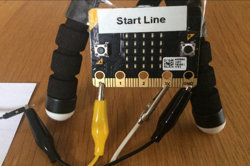
Creating a digital start line and finish line with micro:bits (Years 7-8)
The following activity suggests one-way Digital Technologies could be integrated into a unit where vehicles are being designed and produced.
-
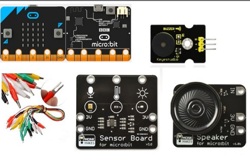
Classroom ideas: Micro:bit Environmental Measurement (visual and general-purpose programming) (Years 5-8)
Investigating environmental data with Micro:bits: This tutorial shows the coding needed for digital solutions of some environmental issues that can be created using pseudocode and visual programming.
-

Home automation: General purpose programming
Investigate home automation systems, including those powered by artificial intelligence (AI) with speech recognition capability.
-
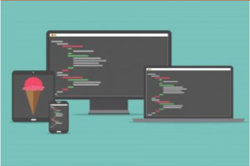
Coding in the Classroom
Through this website, educators can explore and share resources and strategies to teach coding.
-

Computational Thinking – 6 learner guides + 10 class clips
This site offers a range of resources to help teach computational thinking and its components.
-

Level Up: Game design
This unit of work is intended to teach years 9–10 students basic programming, using general purpose programming language.
-
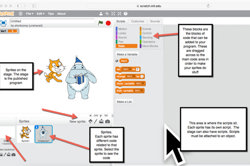
Game design
This sequence of lessons integrates game design using scratch and a Makey Makey programming board.
-
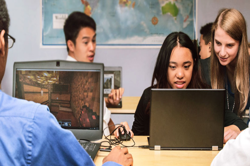
Minecraft Lesson Plans
Find Minecraft lessons spanning primary and secondary school for use with your students.
